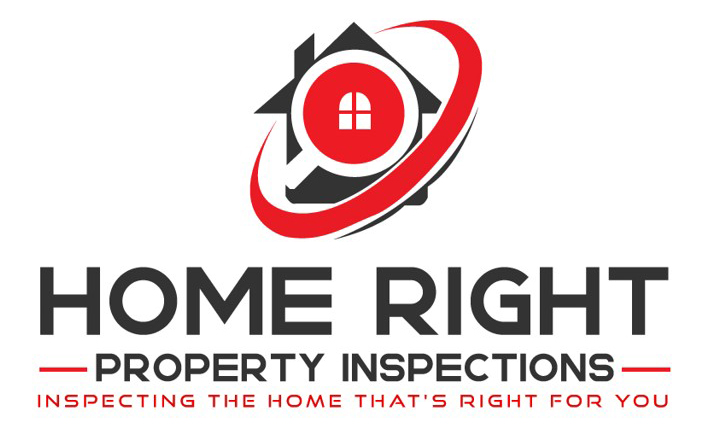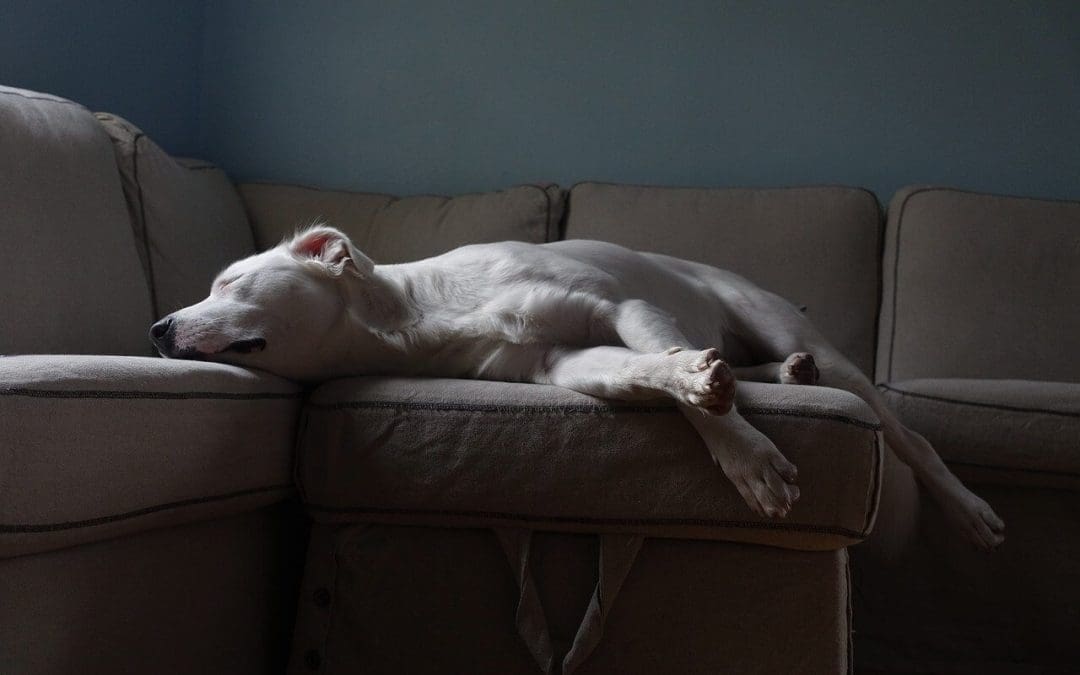Bringing a pet into your home is an exciting time, but it also comes with responsibility. Just as parents childproof their homes, pet owners need to take steps to make their homes safe for their furry companions. Pet-proofing your home protects your pets and helps to safeguard your belongings. Here’s how to create a pet-friendly environment in your home.
Securing Hazardous Items While Pet-Proofing Your Home
One of the most important steps in pet-proofing is to secure potentially hazardous items. Pets, especially puppies and kittens, are curious creatures. They explore the world with their noses and mouths, which can lead to trouble if harmful substances are left within reach. Common household items such as cleaning supplies, medications, and even certain foods (like chocolate or grapes for dogs) pose serious risks.
Store cleaning products and chemicals in high cabinets or lockable drawers. Make sure medications are kept in sealed containers and out of reach, and if your pet has a knack for opening cabinets, install childproof locks to keep them out. Also, some plants are toxic to pets. Do your research and make sure that the greenery in your home is pet-safe.
Protecting Electrical Cords
Electrical cords can look like tempting chew toys to pets, especially young ones who are teething or bored. This will damage your electronics and could lead to serious injury. To pet-proof your cords, hide them behind furniture, bundle them with cord protectors, or use pet-safe deterrent sprays. These sprays have a bitter taste that discourages pets from chewing without causing harm.
In areas where cords are unavoidable, use cord management solutions such as rubber or plastic tubing. This adds an additional layer of protection and reduces the risk of your pet getting an electrical shock.
Keeping Trash Out of Reach
Household trash can be an irresistible treasure trove for pets, especially if it contains food scraps. Unfortunately, many items in your trash can be dangerous if consumed, such as chicken bones, packaging, and even spoiled food. To prevent your pet from rummaging through the garbage, use trash cans with lids that lock or that are too heavy for your pet to knock over.
If your pet is particularly persistent, placing the trash can inside a cabinet or pantry will offer extra protection. Remember that bathroom trash cans can also be problematic, as pets might be drawn to tissues, cotton swabs, or dental floss. A bathroom trash can with a lid is a good investment for any pet owner.
Creating Safe Zones When Pet-Proofing Your Home
Just as people need spaces where they can relax and feel safe, your pet will also benefit from having a designated area to retreat to when they need quiet or rest. Create a pet-friendly zone by providing a comfortable bed or crate in a low-traffic area. For dogs, a crate or a cozy bed gives them a sense of security, while cats may prefer a high perch or a quiet corner.
Make sure this area is stocked with some of their favorite toys, and add a blanket or item that carries your scent to help them feel more at home. Having a safe zone gives your pet a place to go if they feel overwhelmed, especially if there’s a lot of activity in the house.
Pet-proofing your home may require some initial effort, but it’s a necessary step in ensuring your pet’s safety and well-being. Follow these tips to create a home where you and your pet will thrive. A little prevention goes a long way in avoiding accidents and making your home a safe haven for your beloved pets.
FAQs
What are some common household items that are toxic to pets?
Some of the most common toxic items for pets include chocolate, onions, garlic, grapes, raisins, and alcohol. Household plants such as lilies, aloe vera, and poinsettias are also harmful to cats and dogs. Many human medications, such as ibuprofen and acetaminophen, are dangerous for pets if ingested.
How can I keep my pet from chewing on furniture?
Chewing is often a result of boredom or teething in young pets. Provide plenty of chew toys to entertain your pet and satisfy their chewing needs. For furniture protection, try applying pet-safe bitter sprays, which deter chewing. Give your pet enough physical exercise and mental stimulation to reduce destructive behaviors.
What should I do if my pet ingests something toxic?
If you suspect your pet has ingested something harmful, contact your veterinarian or an emergency animal poison control center immediately. Do not try to make your pet vomit unless instructed by a professional, as this sometimes makes the situation worse. Always have the packaging of the item your pet ingested ready to provide accurate information to the vet.
How can I prevent my dog from knocking over fragile decor?
To prevent accidents, keep fragile items such as vases, photo frames, and glass objects on high shelves or inside cabinets where your dog can’t reach them. Rearrange furniture so that high-traffic areas or places your dog frequently runs through are free of breakable items.
Home Right Property Inspections provides home inspection services to customers in Southern California. Contact us to request an appointment.

